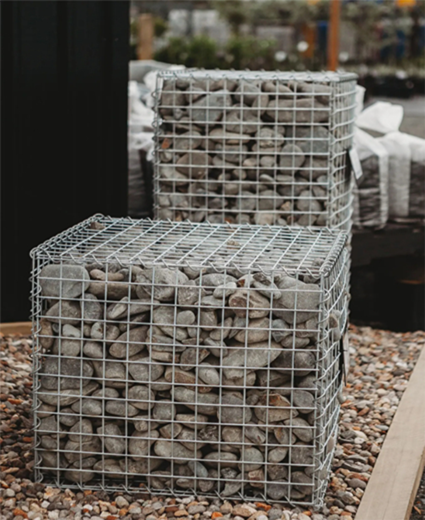Dec . 22, 2024 18:19 Back to list
Guide to Standard Welded Wire Mesh Dimensions and Specifications
Understanding Standard Welded Wire Mesh Sizes
Welded wire mesh is an integral component in various construction, industrial, and agricultural applications. This mesh is formed by joining metal wires at regular intervals using a welding process, resulting in a sturdy, grid-like structure. One of the key factors in selecting welded wire mesh for a specific application is knowing its sizes, as these can greatly influence the mesh's performance and appropriateness for your project.
Common Sizes and Dimensions
Welded wire mesh comes in a variety of sizes, each tailored to meet different needs. The most common dimensions include mesh openings ranging from 1 inch to 6 inches, with wire diameters typically between 14 gauge (1.63 mm) and 6 gauge (4.11 mm). The sizes and spacing of the wires in the mesh determine its strength and suitability for specific applications.
For instance, a 2-inch by 2-inch mesh with a 12-gauge wire is ideal for heavier applications where additional strength is required. This type of mesh is commonly used in concrete reinforcement and in applications that require substantial load-bearing capabilities. Conversely, smaller mesh openings—such as 1-inch by 1-inch—can be used for applications requiring finer support, like animal enclosures or garden fencing.
Materials Used
Standard welded wire mesh is primarily available in several materials, with galvanized steel being the most common due to its corrosion resistance and strength. Stainless steel mesh is also an option, particularly for environments where corrosion is a significant concern, such as in coastal or chemical-rich settings. In contrast, vinyl-coated welded wire mesh offers an aesthetically pleasing and durable option that can blend in with landscaping or serve decorative purposes.
Metrics and Wire Gauges
standard welded wire mesh sizes

To accurately specify welded wire mesh, it is essential to understand the gauge system used to denote wire thickness. The lower the gauge number, the thicker the wire—this is an inverse relationship. For example, 6 gauge wire is considerably thicker and stronger than 16 gauge wire. When selecting welded wire mesh, consider both the gauge and the spacing of the mesh openings, as they work together to determine the overall strength of the mesh.
Applications of Welded Wire Mesh
Welded wire mesh is incredibly versatile and can be found in a wide array of applications. In the construction industry, it is predominantly used as reinforcement for concrete slabs, walls, and pavements. The mesh helps to distribute loads evenly, minimizing the risk of cracking or structural failure.
In agriculture, welded wire mesh is frequently employed for fencing, creating enclosures for livestock or protecting gardens from wildlife. The fixed openings prevent animals from escaping or entering unwanted areas, ensuring both security and safety.
Industrially, welded wire mesh is utilized in the manufacturing of shelves, cages, and partitions. Its durability and strength make it suitable for high-traffic areas while also being cost-effective.
Conclusion
Choosing the right welded wire mesh size is crucial to the success of your project. By understanding the common sizes, materials, and applications, you can make an informed decision that best fits your needs. Whether for construction, agriculture, or industrial purposes, welded wire mesh provides a reliable solution that offers both strength and versatility.
-
Reinforcing Mesh: Core Material of the Construction Industry
NewsJul.07,2025
-
Welded Wire Fabric Reinvented for Modern Projects
NewsJul.04,2025
-
Superiority of Stainless Steel Woven Mesh
NewsJul.04,2025
-
Key Types of Razor Wire and Their Applications
NewsJul.04,2025
-
Durable Metal Fence Types for Security
NewsJul.04,2025
-
Best Materials for Livestock Fence
NewsJul.04,2025
products.







